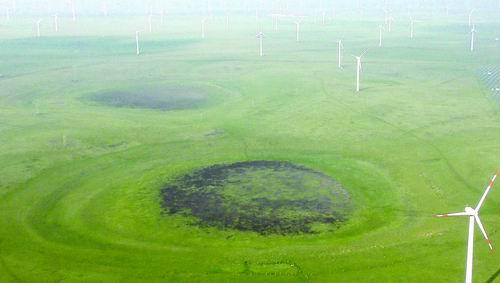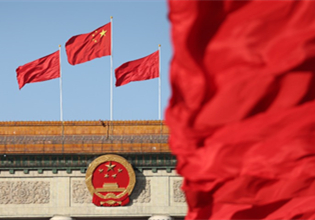World's largest, well-preserved Maar volcano group found in Inner Mongolia

Maar volcano groups found in Zhuozi county in Ulanqab League in North China’s Inner Mongolia autonomous region [Photo/http://news.cctv.com]
One of the world's rarest Maar volcano groups was found in Zhuozi county in Ulanqab League in North China’s Inner Mongolia autonomous region, news agency Xinhua reported on Jan 8.
Professor Ding Yi's team from Hebei GEO University recently published a related paper in the Journal Geological Review to introduce the discovery.
A Maar is a low-relief, broad volcanic crater formed by shallow explosive eruptions. The explosions are usually caused by the heating and boiling of groundwater when magma invades the groundwater table. Maars often fill with water to form a lake.
Maar is named after a negative terrain volcano in Eifel in Germany, which is the first Maar volcano group found and recognized in the world. Local residents call the small lake formed by this crater the "Maar".
In his paper, Ding pointed out that the newly founded Maar volcano group is the largest and most well-preserved in the world in terms of its scale and preservation.
The volcano group in Zhuozi is huge and dense. There are more than 100 craters within a 180 square kilometers radius and most of which are 100 to 400 meters in diameter.
According to statistics and measurement, there are 116 craters with a diameter greater than 50 m and the depth of the craters is 20-25 meters.
In addition, the caprock Hanoiba olive basalt is widely distributed in this area. Its formation date is 33 million to 9.4 million years ago, which means that the formation of this Maar volcano group was later than the time when Hanoiba olive basalt was formed.



 Print
Print Mail
Mail





